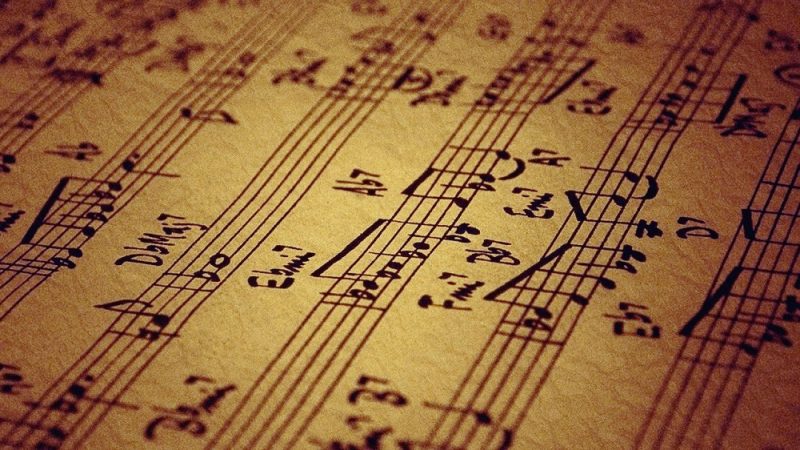
Song and music in Canada were prevalent as much as in any other culture. Indigenous people of Canada played several instruments that included the bark of trees and gourds. All the songs have an indigenous background that remains a mixture of varied cultures. They had an elaborate song and dance culture much before the entry of Europeans to their land.
The arrival of the settlers
Though indigenous people did not have the freedom to conduct their cultural ceremonies after the Europeans arrived in Canada, the arrival of French settlers changed all this. The French had a passion for dancing, singing, and fiddling. Soon the Quebec indigenous children were singing, dancing, and playing instruments like transverse flutes, guitars, violins, fifes, drums, and flutes. This was back in the 1630s.
The Ursuline Convent was one of the oldest educational institutes having music as a part of their curriculum. Nun Marie of the Incarnation and Marie-Madeleine de Chauvigny de la Peltrie founded this along with Ecole des Ursulines. Notre-Dame de Quebec Cathedral is the first in Canada to have a documented choir.
Notre-Dame Basilica got the first organ in 1700. Charles-Amador Martin wrote plainchant music celebrating the Holy Family Feast Day. People did not indulge in cultural pursuits in the eighteenth century because of the Indian and French wars. Indigenous composers nevertheless continued to pass folklore music down the generation by the way of mouth. Popular among these were the dances and songs of Metis and Habitants. There was not much of original composition during this time.
The arrival of concert music in Canada
By 1764, there existed a concert hall for Quebec. Programs for Halifax and Quebec concerts reveal chamber and orchestral music by Mozart, Haydn, Bach, and Handel. Joseph Quesnel wrote the initial two musical plays for Canada. At that time, the low-graded class favored fiddling. Most of the public drinking places had a fiddle player. God Save the Queen along with O Canada was sung in Canada since the British rule.
During the 19th century, there saw a spurt in compositions and music for polkas, quadrilles, and waltzes. Canada had its first volume of printed music in 1800 in the form of Graduelromain. The musical culture broadened in Canada with the migration of Irish, British, and Scottish immigrants during the 1815-1850 period. Toronto has pianos and printed music sold to them by Samuel Nordheimer in 1844.
The Samuel Nordheimer Store had sole rights to The Maple Leaf Forever, the unofficial Canadian National Anthem. One of the first black Canadian composers was R. Nathaniel Dett.